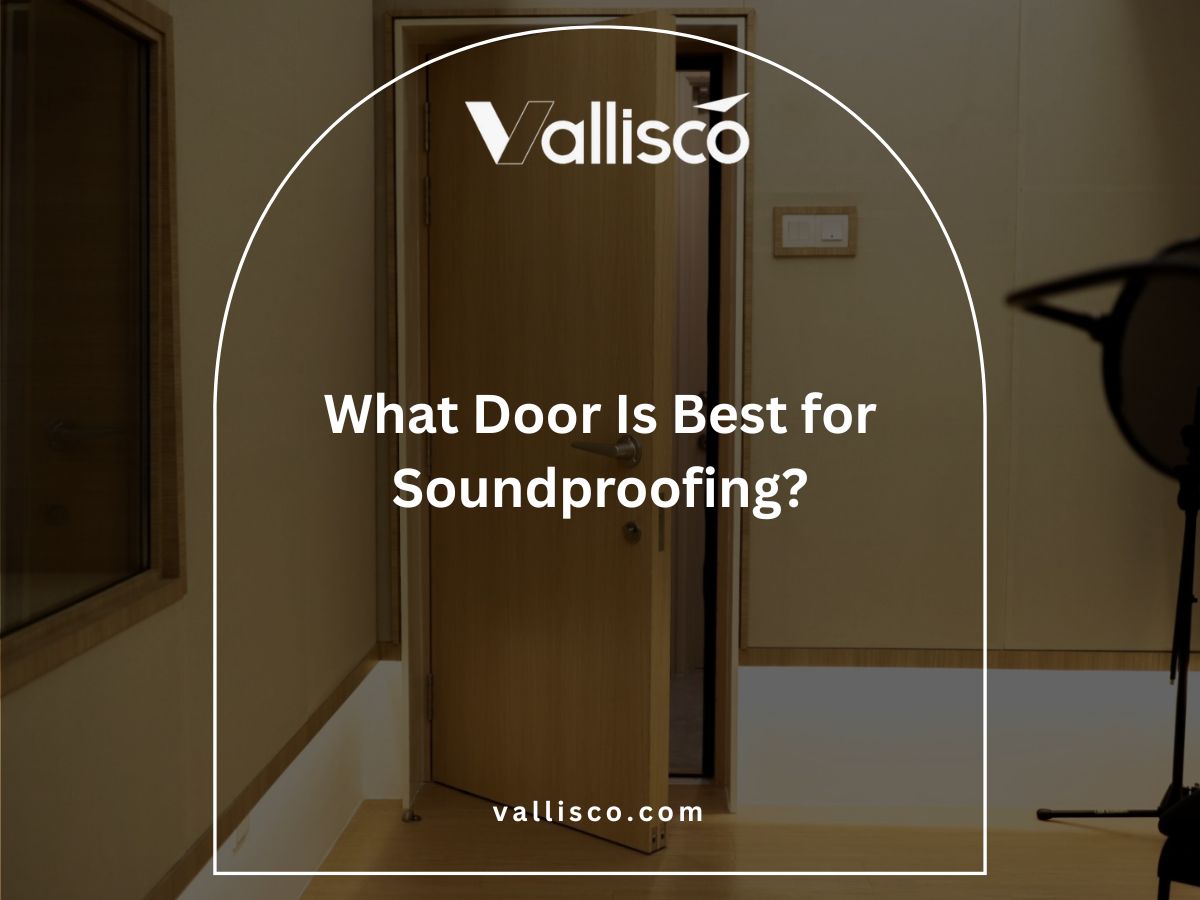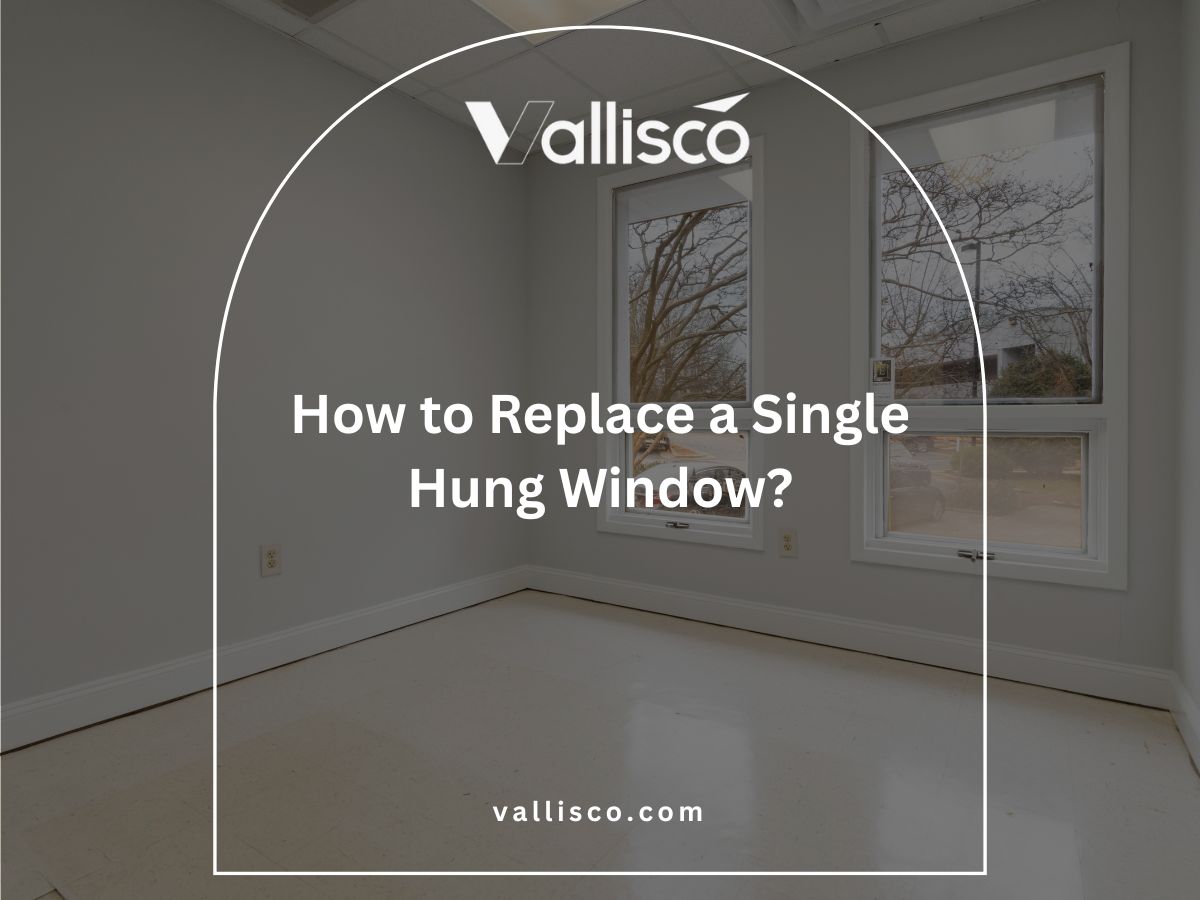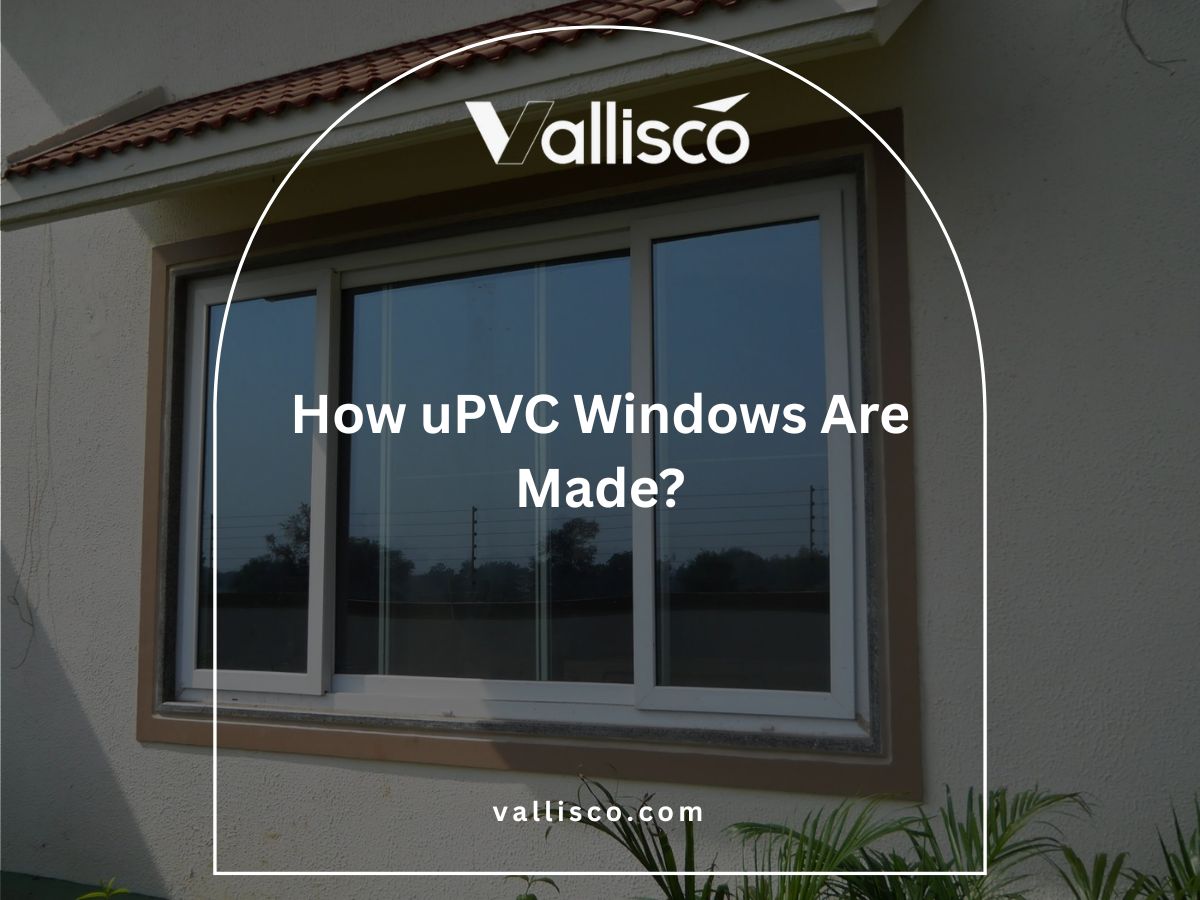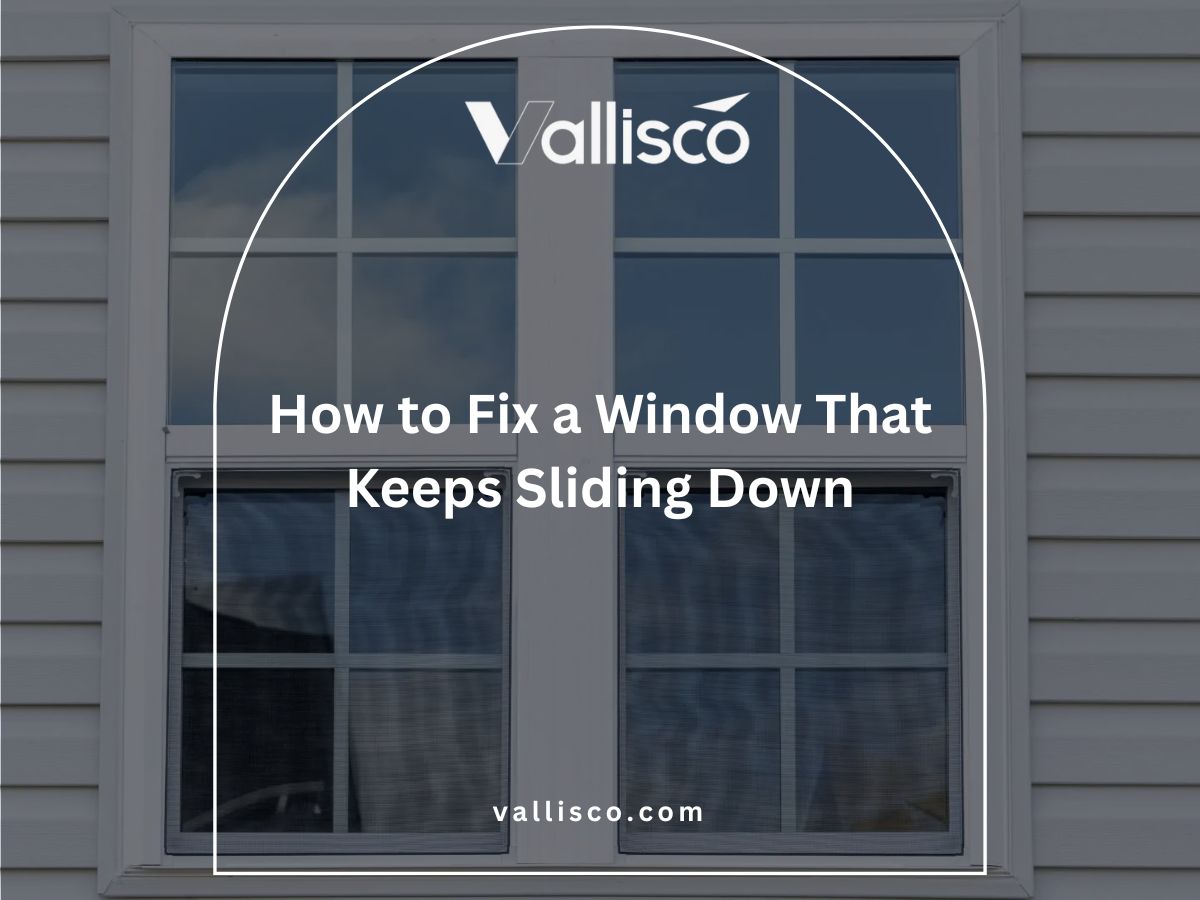I remember working on a hotel project where the patio doors kept sticking during peak season. It caused endless complaints from guests.
That experience showed me how much a simple door can affect daily operations.
As someone who has worked closely with contractors and suppliers for years, I know what makes a patio door reliable for commercial use.
In this article, you’ll see a clear breakdown of types, materials, and features. By the end, you’ll know exactly which option fits your property best.
Choosing the right patio door can save you time, money, and future headaches.
So, let’s get started!
1. What Are Commercial Patio Doors?
When I talk about commercial patio doors, I’m referring to large door systems built for businesses like your hotel, villa, or B&B. They are different from standard residential doors because they have to handle heavier use, bigger spaces, and tougher performance demands.
In simple terms, these are doors that connect indoor and outdoor areas while giving your guests or customers an easy, smooth experience. You are not just choosing something that looks good. You are choosing a part of your building that affects daily operations, energy costs, and customer satisfaction.

2. Types of Commercial Patio Doors
From what I’ve seen on projects, not every patio door fits every business. Some prioritize wide openings for guests, while others need security or energy savings. Let me walk you through the main types you’ll likely consider.
Sliding Patio Doors
Sliding patio doors are the most common choice for hotels and villas. They move along a track, which saves space and makes it easy to use.
I’ve noticed businesses prefer them for guest rooms because they’re simple for anyone to operate. If you need a practical solution that balances looks and function, sliding doors often do the job well.
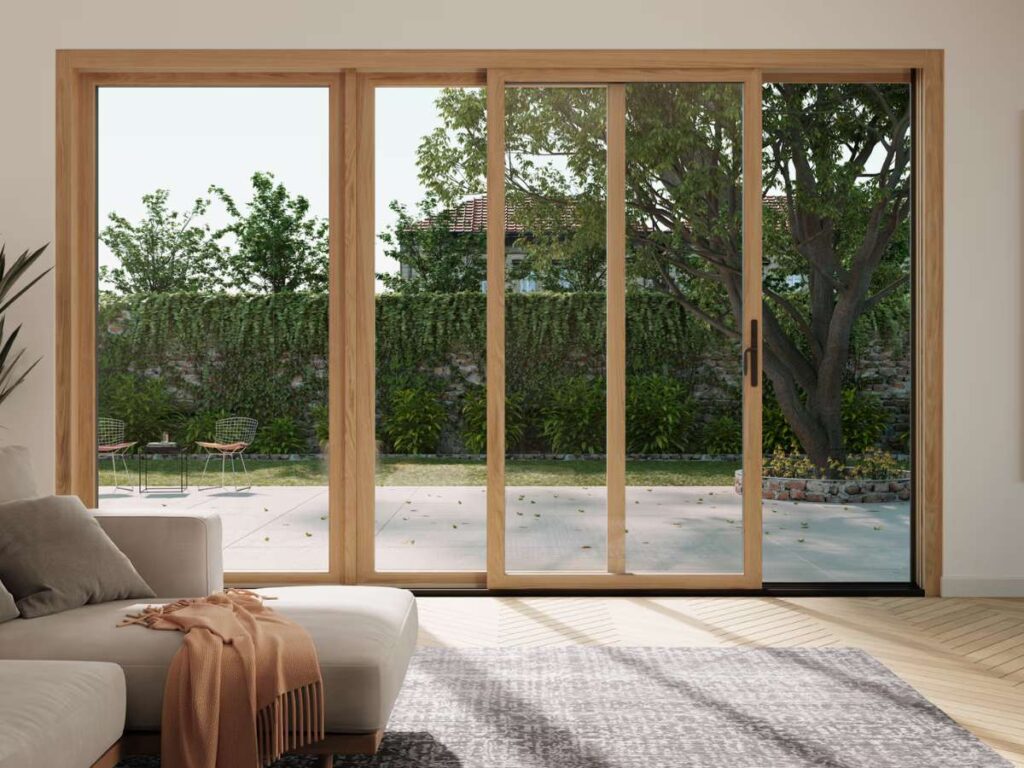
Folding Patio Doors
Folding patio doors, also called bi-fold doors, open by stacking multiple panels to one side. They work well in restaurants, resorts, or event spaces where you want to create one large opening. These doors give you flexibility to connect indoor and outdoor areas.
They take more planning to install, but the effect can be impressive. If you want this type of commercial patio door, Vallisco offers durable folding systems built to handle frequent use while keeping a clean, modern look.

French Patio Doors
French patio doors swing open from the center and give a more traditional look. They’re often used in villas, inns, and boutique hotels where appearance matters. These doors do need extra space to swing open, but they add charm that your guests will notice. If style is important, French doors deliver it.
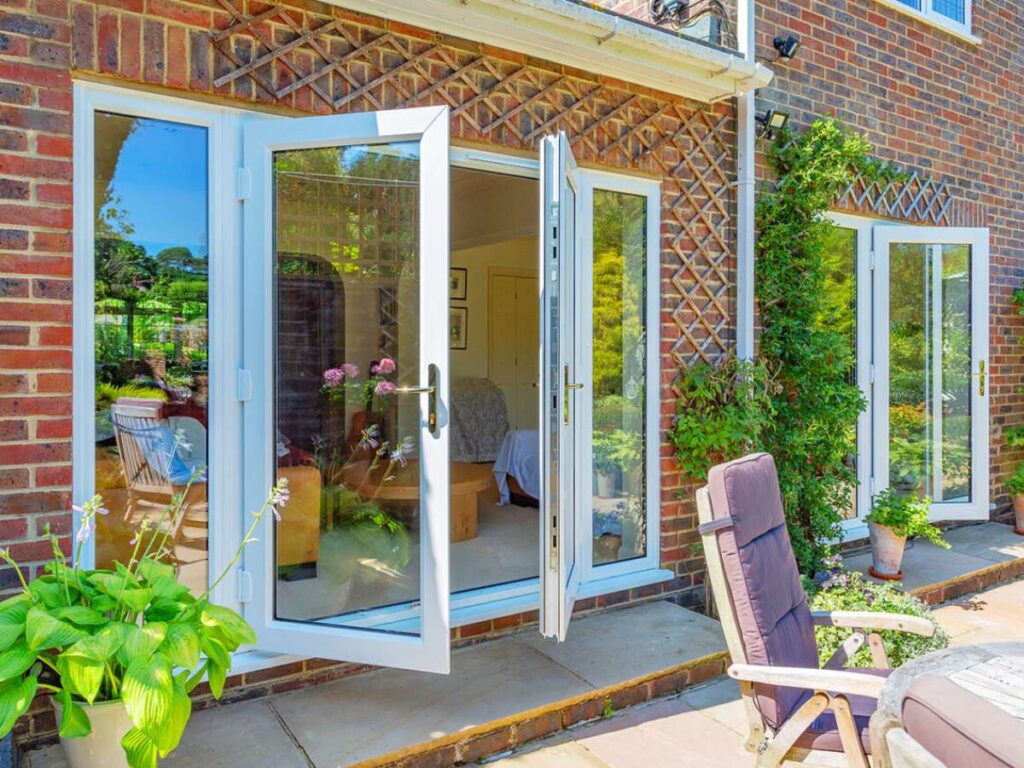
Lift-and-Slide Patio Doors
Lift-and-slide doors are built for wide openings and heavier glass panels. You lift the panel slightly with the handle, then slide it smoothly along the track.
They are reliable for properties that expect constant use without wearing down too quickly. While the cost is higher, they bring strength and comfort that regular sliders can’t match.
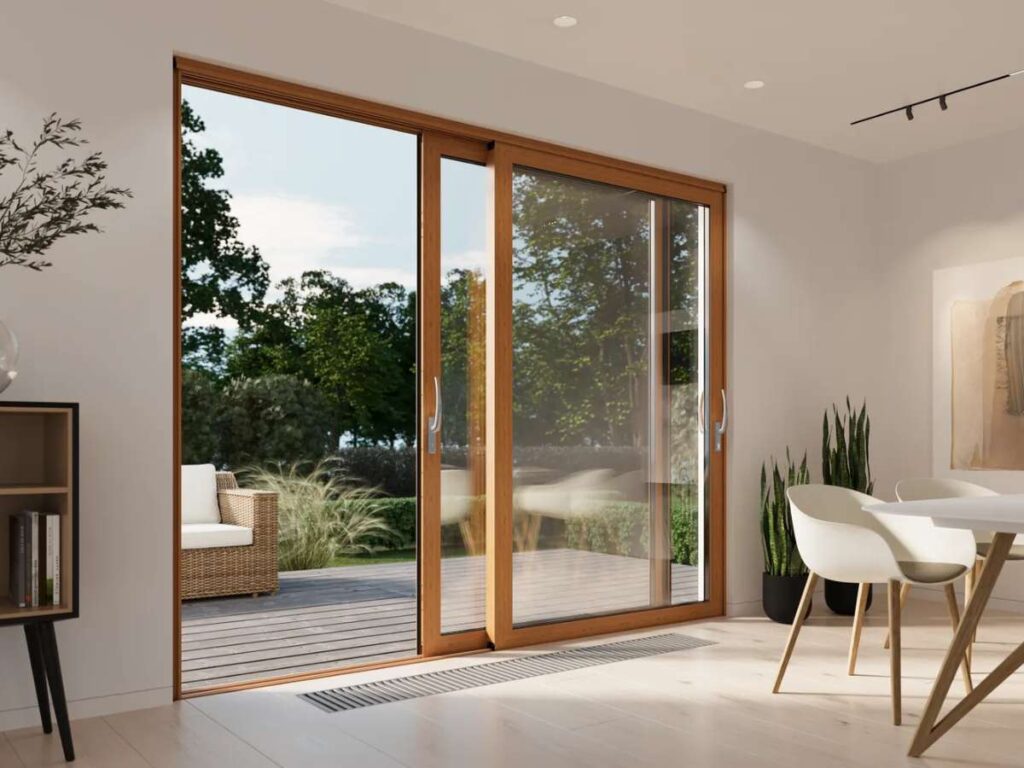
Pivot Patio Doors
Pivot patio doors rotate on a central hinge instead of opening from the side. This design creates a wide, modern entry and fits well in hotels or commercial spaces that want a bold style.
They’re less common, but they can make a strong impression on guests. If you want something that stands out, a pivot door may be the right fit.
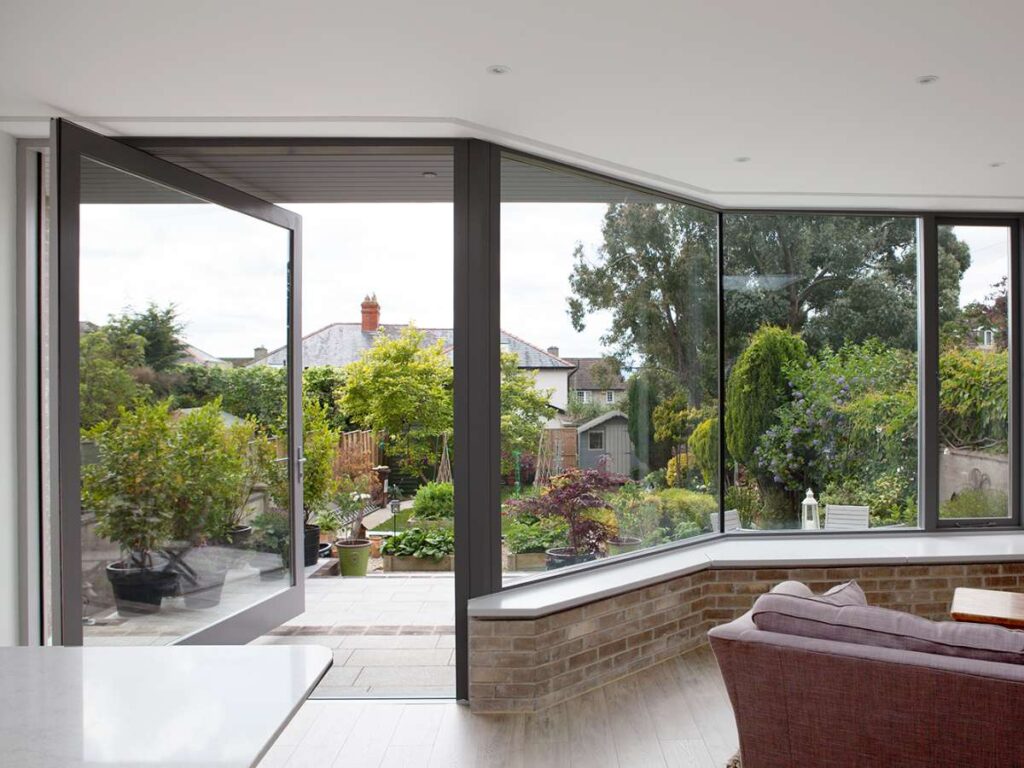
3. Most Popular Materials for Commercial Patio Doors
I know from working with different properties that the material you choose changes everything, from daily maintenance to how long the doors last. To make your decision easier, here’s a side-by-side look at how the most common materials compare across key features.
| Material | Durability | Energy Efficiency | Design Flexibility | Cost Level |
| Aluminum | High strength, resists rust | Medium unless thermally broken | Slim frames, modern styles | Medium |
| Vinyl (uPVC) | Moderate, holds up in mild climates | High | Limited colors, basic designs | Low |
| Wood | Moderate, sensitive to moisture | Medium with proper sealing | Very high, customizable | High |
| Wood-Clad | High, combines wood and exterior cladding | High | Traditional look with exterior protection | High |
| Fiberglass | Very high, resists warping and cracking | High | Mimics wood, varied finishes | High |
| Steel | Very high, strong against impact | Medium with insulation | Limited styles | Medium to High |
| Glass (Framed/Unframed) | Depends on framing strength | Medium with double or triple glazing | Modern, open look | High |
4. Key Features You Should Look For
Choosing the right patio doors is about more than looks. For businesses like yours, performance features matter most because they affect daily operations and long-term costs. Here are the features worth paying attention to.
Durability and Strength
Commercial patio doors face heavier use than residential ones. Guests, staff, and deliveries all put pressure on them day after day. You’ll want doors that resist warping, denting, or corrosion over time. A strong frame and high-quality hardware make the difference between something that lasts five years and something that lasts twenty.
Energy Efficiency
Heating and cooling costs can add up quickly in a hotel, villa, or restaurant. Look for features like double or triple glazing, insulated frames, and low-E glass.
I recommend paying close attention here because better efficiency means lower bills and more comfort for your guests. Even a small improvement in insulation can reduce yearly expenses.
Security and Safety
Your doors are one of the first barriers against outside risks. Multi-point locking systems, tempered or laminated glass, and reinforced frames are common features to ask about.
I’ve noticed businesses often overlook safety when focused on design, but it should be a top priority. A door that looks good but isn’t secure can cause problems later.
Ease of Operation and Maintenance
A door that’s difficult to open or maintain will frustrate staff and guests alike. Smooth tracks, quality rollers, and finishes that resist dirt make day-to-day use easier. You don’t want staff wasting time adjusting doors every season. Simple upkeep means your investment keeps paying off without constant attention.
5. Installation Requirements and Considerations
I’ve learned that installation makes or breaks the performance of a commercial patio door. Even the best materials won’t hold up if the setup is rushed or overlooked. Here are the main points you and your contractor need to think through.
Structural Support
Commercial patio doors are often heavier than standard residential ones. The frame and surrounding walls must be strong enough to handle the load without shifting. I always suggest confirming structural integrity early, because fixing support issues later can be costly.
Proper reinforcement also prevents problems like sticking or sagging.
Space and Clearance
You need enough space for the door type you choose. Sliding doors require wide tracks, folding systems need extra stacking room, and French doors swing out fully.
If your layout is tight, think about how guests or staff will move through the space once the doors are in. Poor planning here can create daily bottlenecks.
Weatherproofing and Sealing
Patio doors are one of the largest openings in a building, which means they’re exposed to wind, rain, and temperature changes. Quality seals, flashing, and drainage systems are critical.
I’ve watched businesses run into higher energy costs simply because sealing wasn’t done properly. Paying attention here saves money and avoids water damage down the line.
Professional Installation
Commercial doors aren’t something to handle with a basic handyman approach.
These systems need level tracks, precise alignment, and sometimes specialized tools. A qualified installer will know how to set everything so the doors last longer and work smoothly. Skimping on expertise can lead to repairs that outweigh any short-term savings.
6. Maintenance Needs and Longevity
In my experience, many businesses underestimate how much attention patio doors really need. A little maintenance at the right time can add years to their lifespan. Here are the main areas you should focus on.
- Cleaning Tracks and Rollers: Dirt and debris build up quickly in high-traffic areas. Keeping tracks and rollers clear helps the doors move smoothly and prevents early wear.
- Lubrication of Moving Parts: Hinges, locks, and rollers need occasional lubrication to stay easy to use. I usually suggest using products made for door hardware, not general oils.
- Checking Seals and Weatherstripping: Seals wear down with constant use and weather exposure. Replacing them when needed keeps energy costs under control and protects interiors from leaks.
- Glass Care: Large glass panels show fingerprints and smudges quickly. Regular cleaning not only improves appearance but also helps you spot cracks early.
- Hardware Inspections: Locks, handles, and hinges can loosen over time. A simple check once or twice a year can prevent bigger repairs later.
- Expected Lifespan: With proper care, aluminum and fiberglass doors often last 20 years or more. Wood and vinyl may need replacement sooner, depending on the environment.
7. Final Checklist Before You Buy Commercial Patio Doors
Before making a purchase, it’s important to think beyond looks and price. These doors affect how smoothly your property runs, from energy costs to guest comfort. I like to think of this checklist as a quick way to cover the details that matter most.
Energy and Safety Features
Energy efficiency directly impacts your bills, especially in hotels and villas with large openings. Features like double glazing, insulated frames, and low-E coatings are worth checking.
Security matters too, so confirm locking systems and glass strength. This is one area where cutting corners is never smart. Vallisco manufactures commercial patio doors with high-performance glazing and reinforced hardware, giving your property both lower energy costs and dependable protection.
Space and Layout
Make sure you have the clearance for the style you want. Sliding and folding doors need track room, while French doors require swing space. I often suggest mapping the movement on the floor so you see how it affects traffic. This quick step prevents future headaches.
Material Options
Every material has trade-offs in cost, longevity, and maintenance. Aluminum handles heavy use well, while wood offers charm but needs more care.
Fiberglass and steel give strength but come at higher costs. Match the material to the environment your property operates in.
Conclusion
Remember the hotel project with the doors that stuck every peak season. Solving that problem showed me why patio doors matter more than most people realize.
You have now seen the details on types, materials, features, installation, and maintenance. That knowledge is your checklist for making a smart decision.
Do not let poor doors cost you time and money. Vallisco can supply the solutions your property needs.
Contact us today and we’re happy to help you!
Learn More: Recommended Reads
Want to see more products? We’ve got plenty of options that might just be the perfect fit for you:
Still haven’t found what you’re looking for? Don’t hesitate to contact us. We’re available around the clock to assist you.



